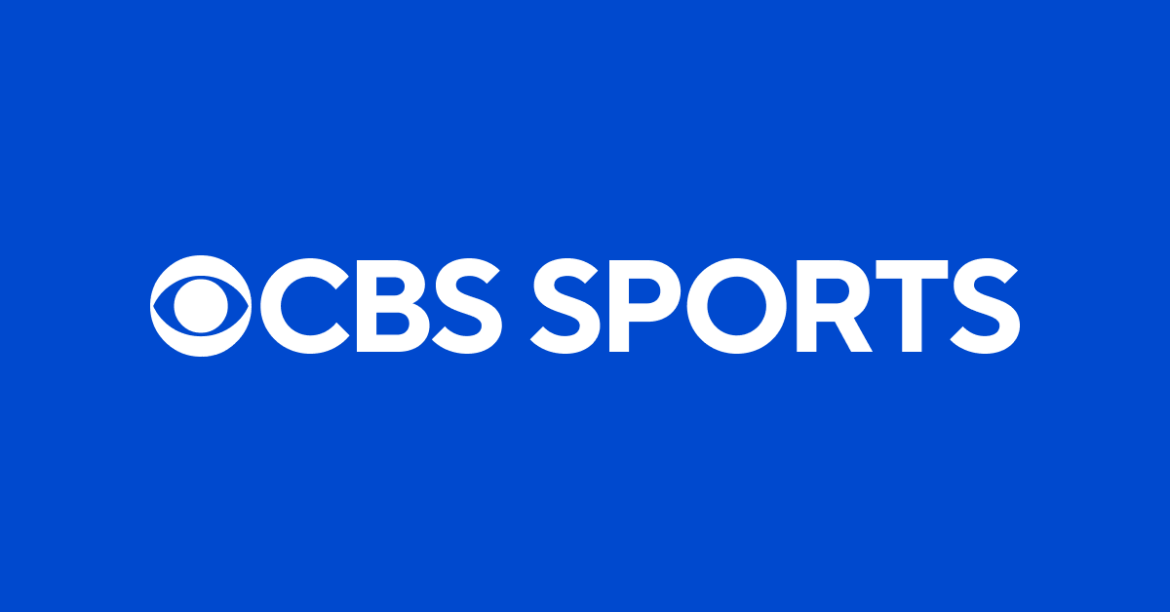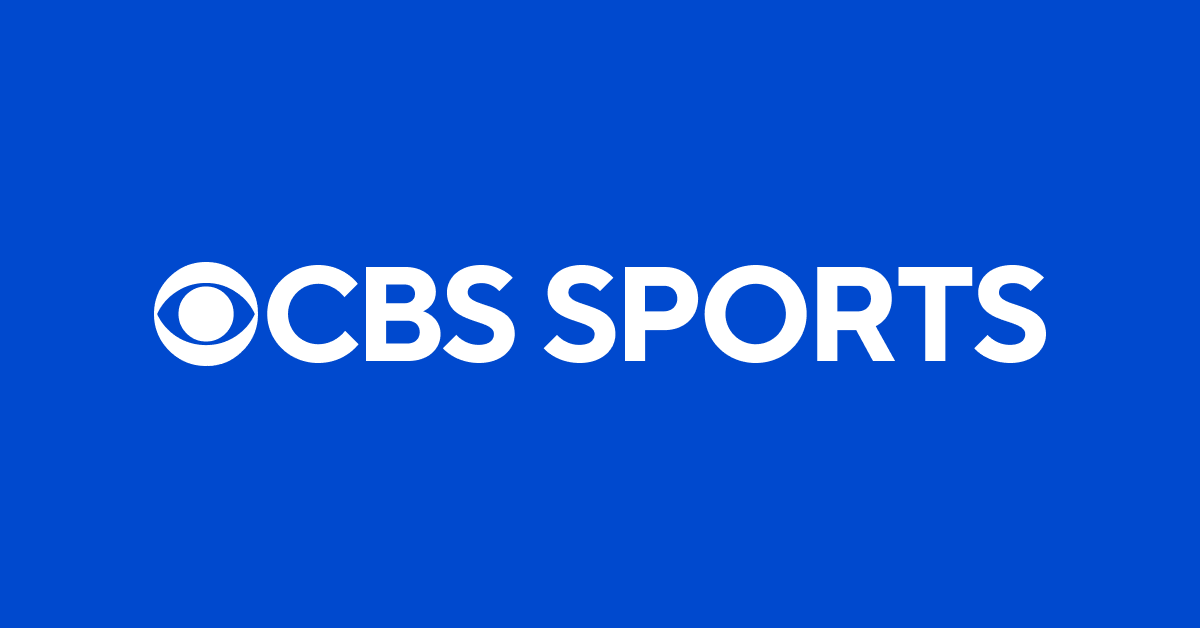The House v. NCAA Settlement: A Historic Shift in College Athletics
The recent approval of the House v. NCAA settlement marks a pivotal moment in the evolution of college sports. Spanning nearly five years of legal contention, this multibillion-dollar agreement redefines the relationship between student-athletes, educational institutions, and governing bodies. While it promises substantial financial and regulatory reform, the settlement simultaneously introduces complexity, signaling that the era of chaos in college athletics may persist—even as the playing field shifts dramatically.
The Landscape Before the Settlement: A Breathless Status Quo
Over the last decade, college athletics have been characterized by turbulence. Despite massive revenues—some in the billions—the traditional paradigm barred athletes from receiving direct financial compensation, aside from scholarships and limited allowances. This exclusion stirred ongoing tensions, as athletes contributed immensely to the lucrative sports enterprises of universities and conferences but lacked commensurate compensation.
The filing of House v. NCAA in 2020, initiated by student-athletes like Arizona State swimmer Grant House and Oregon basketball player Sedona Prince, accused the NCAA and its top conferences of unfairly withholding pay related to athletes’ name, image, and likeness (NIL) rights. These lawsuits exposed the cracks in the NCAA’s traditionally rigid amateurism model, setting the stage for widespread upheaval.
Core Elements of the Settlement
Approved by a federal judge in California, the settlement totals over $2.7 billion in back-pay damages, to be distributed over a decade to former athletes, alongside instituting transformative policy changes. The House v. NCAA settlement, combined with two related class-action cases—Hubbard v. NCAA and Carter v. NCAA—brings sweeping reforms:
– Direct Payment to Athletes: Starting July 1, colleges may directly compensate student-athletes within an established annual cap. This monetization formally recognizes athletes’ rights to revenue sharing.
– Name, Image, and Likeness Rights Enforced: The settlement dismantled 153 NCAA rules that previously prevented or limited athletes’ control over their personal brand, enabling them to capitalize on endorsements, sponsorships, and personal business ventures.
– Governance and Additional Reforms: The agreement triggers changes in NCAA regulations to promote fairness, although a fully stable regulatory environment remains elusive.
How Revenue Sharing Will Work
This settlement ushers in a monetarily empowered era of college sports. While athletes can now receive direct compensation from their institutions, the agreement places limits to guard against extreme disparities. The federal judge’s ruling allows universities to provide payment but within a pre-established annual cap to balance competitive integrity and financial fairness.
Schools will thus navigate this fresh terrain cautiously, weighing how to allot funds strategically among athletes across various sports. The settlement also expands athletes’ ability to engage third-party endorsements independently, outside institutional compensation frameworks, fueling a new market for college athlete entrepreneurship.
The Settlement’s Broader Impact on College Athletics
With the House v. NCAA settlement, college sports enters a “big money” era unlike any before. The influx of official payments changes longstanding traditions and expectations while ushering in some uncertainty about the future.
– Financial Implications: The payout is historic, with billions flowing as compensation and reform funding over upcoming years. Institutions and conferences alike face new budgeting challenges to accommodate athlete salaries.
– Regulatory Chaos Continues: Despite these reforms, experts and judicial commentary—such as from Judge Claudia Wilken—acknowledge unresolved issues. Collective bargaining and deeper athlete rights reforms may be necessary to craft long-term stability.
– Athlete Empowerment: Players gain significant clout in their careers and financial futures, potentially shifting power dynamics within college sports hierarchies.
– Competitive Balance Challenges: The settlement raises questions about potential imbalances across schools and conferences based on their capacity to attract and compensate top talent.
Looking Ahead: A New Era, With Lingering Questions
The House v. NCAA settlement is undeniably a milestone in college athletics history. It codifies athlete compensation rights, disrupts archaic norms, and opens avenues for economic opportunity previously unavailable within NCAA sports.
Yet, this landmark agreement does not promise immediate stability. Instead, it acknowledges chaos as the “status quo,” signaling that disruption will persist amid evolving legal, financial, and regulatory landscapes. There remain debates over the best mechanisms to uphold fairness, ensure collective athlete representation, and effectively govern the expanding commercial realm of college sports.
From the October 2024 preliminary approval to the April 2025 final hearing, the settlement’s unfolding reflects the tension between preserving college sports’ core values and embracing its commercial realities. The next decade will likely test institutional adaptability and athlete advocacy alike, as the new era reshapes what it means to be a college athlete—and a college sport.
Conclusion: The Settlement’s Legacy and Continuing Evolution
The House v. NCAA settlement represents a historic recalibration of power, money, and rights in collegiate athletics. By enabling direct payments and broadening revenue sharing, it validates the economic contributions of student-athletes on an unprecedented scale. Simultaneously, the agreement invites ongoing complexity, heralding a period where evolving legal interpretations, athlete empowerment, and institutional responses will redefine the collegiate sports ecosystem.
Far from a final chapter, the settlement is a transformative opening act—ushering in new opportunities and challenges as college athletics strides towards an uncertain but reimagined future. The status quo may remain chaotic, but it is a chaos now infused with the potential for fairness, transparency, and player-centric progress.





